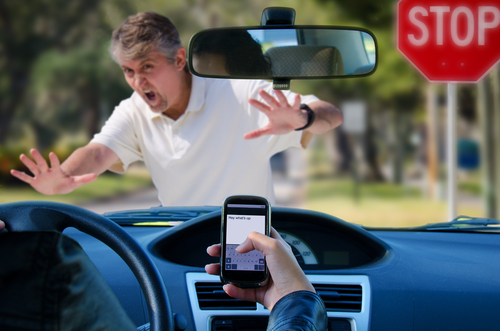A common misconception among Virginia Beach pedestrians is that they always have the right-of-way, and drivers are automatically to blame if an accident occurs. However, being a defensive pedestrian is just as important as being a defensive driver. To ensure the safety of its road users, the state has implemented a set of laws that apply to both drivers and pedestrians. If these rules are disregarded, serious injuries and deaths can occur.
If a member of your family sustained injuries during a Virginia Beach pedestrian accident, working with a skilled Virginia Beach pedestrian accident lawyer from Shapiro, Washburn & Sharp will help ensure that you know your rights and understand your legal options. To learn more about your rights as an injured pedestrian, contact us today to schedule a free case review.
Virginia’s Pedestrian Laws
Generally speaking, any person not operating a motor vehicle is considered a pedestrian. This includes individuals using rollerskates, skateboards, or electric scooters.
Virginia law states that pedestrians have the right-of-way at all crosswalks, both marked and unmarked, and that pedestrians are obligated to use crosswalks when present. State law also says that pedestrians may not block the flow of traffic or engage in dangerous behaviors such as stepping out in front of moving cars.
Pedestrian laws are organized by pedestrian locations, such as:
Sidewalks
Pedestrians using Virginia Beach sidewalks have the right of way. Virginia’s sidewalk laws for pedestrians include:
- If a sidewalk is present, pedestrians crossing the road must use them.
- If no sidewalks are present, pedestrians must cross the road facing traffic for maximum visibility and move to the lefthand edge of the street.
- Drivers may not pass another driver who has stopped for pedestrians trying to cross.
Marked Crosswalks
Virginia law states that pedestrians must cross the street at a crosswalk if available. Other Virginia Beach pedestrian crosswalk laws include:
- In marked crosswalks, pedestrians have the right of way. Traffic control devices like traffic indicators and signals mark most crosswalks, while others may have a designated officer controlling traffic. Drivers are required to slow down or stop for pedestrians anywhere inside the crosswalk, even if they are almost to the other curb.
- If a pedestrian is between signaled intersections, they may not cross outside of the crosswalk.
- Pedestrian signals, such as “Walk” and “Don’t Walk” must be obeyed in the same manner that drivers are required to obey traffic signals.
- Pedestrians have the right-of-way over drivers, even when they are making a right on red. Drivers must allow pedestrians ample time to cross the street if the “Walk” signal is activated.
- If no marked crosswalk or intersection is present, pedestrians must yield to drivers.
Highways and Roadways
Pedestrians should only use highways when no sidewalks are available. They should keep to the lefthand side of the roadway, facing away from traffic.
Contributory Negligence
Virginia follows a rigid policy when it comes to divvying up the blame for a pedestrian accident. This archaic policy makes it incredibly challenging for injured pedestrians to collect fair financial compensation for their damages.
In most states, parties are able to share fault, and victims can recover the other party’s percentage of fault even if they contributed to their own injuries. Unfortunately, in Virginia, this is not the case.
When apportioning fault for pedestrian accidents, Virginia abides by the law of pure contributory negligence. This means that victims are ineligible for financial compensation if they contributed to their injuries by even 1%. For this reason, contributory negligence is commonly used as a defense when a pedestrian is injured.
Whether or not a pedestrian who was injured by a driver will be entitled to collect damages is typically determined by who had the right of way when the incident occurred. Virginia pedestrians have limited rights of way. The law is structured to ensure their protection and ensure that specific rules are adhered to when sidewalks and crosswalks are present.
Shapiro, Washburn & Sharp
Virginia imposes a two-year statute of limitations on pedestrian injury claims, so starting on your claim right away and working with a skilled Virginia Beach pedestrian accident lawyer can protect your right to compensation.
At Shapiro, Washburn & Sharp, our meticulous preparation of personal injury cases has made it possible for our firm to achieve considerable settlements and jury awards for our clients. One example of this is the $227,000 settlement we secured for a client who was struck by a vehicle in a marked crosswalk on Atlantic Avenue.
If a negligent driver injured you, whether you were walking or behind the wheel of a car, call (833) 997-1774 or reach out via the contact form on our website to schedule a free case review with one of our experienced lawyers. We have offices in Virginia Beach, Hampton, Norfolk, and Portsmouth.
